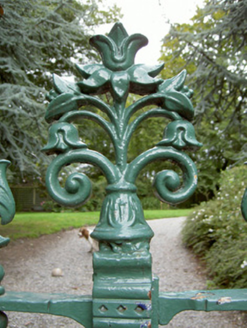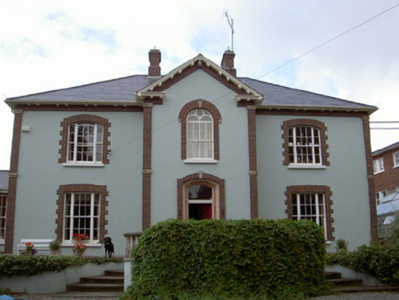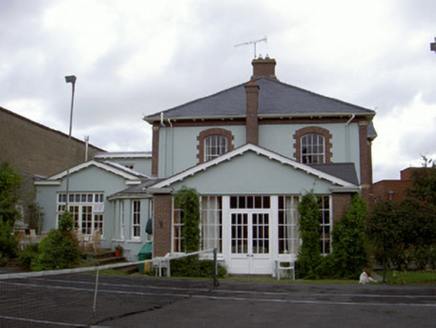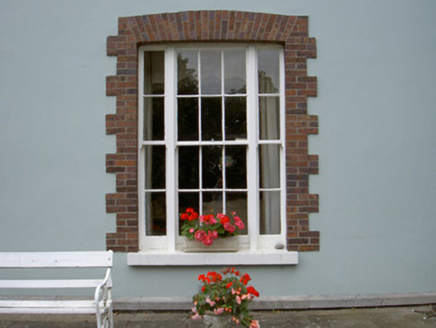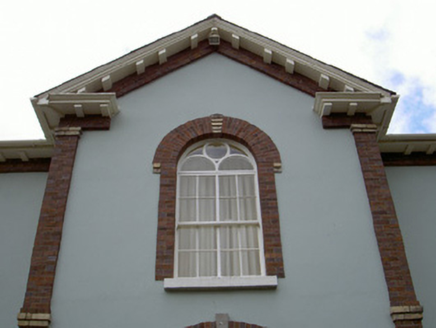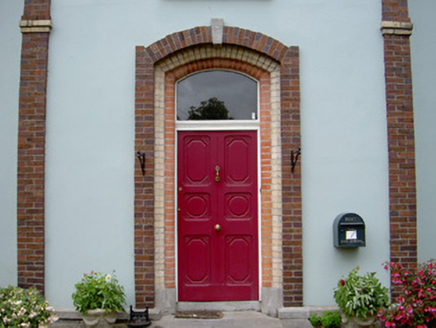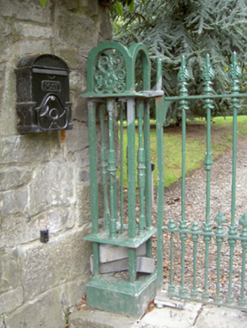Survey Data
Reg No
13619090
Rating
Regional
Categories of Special Interest
Architectural, Social
Original Use
School
In Use As
House
Date
1865 - 1875
Coordinates
308985, 275480
Date Recorded
05/08/2005
Date Updated
--/--/--
Description
Detached three-bay two-storey former school, dated 1870, now in domestic use. Central pedimented breakfront to south elevation, extensions to west and north. Hipped slate roof, clay ridge and hip tiles, red brick shouldered corbelled chimneystacks with stone caps, cast-iron gutters supported on projecting eaves, painted timber soffit supported on paired timber eaves brackets; painted timber broken pediment to breakfront supported on brackets. Painted smooth rendered walling, tooled limestone plinth, red brick pilasters with yellow brick capitals to corners, breakfront and red brick eaves course. Square- and segmental-headed window openings, painted stone sills, red brick surrounds, painted timber tripartite windows comprising central six-over-six sliding sash flanked by two-over-two sliding sash windows, round-headed window opening to first floor of breakfront, red brick surround, yellow brick keystone, painted timber eight-over-eight sliding sash window surmounted by decorative light to window head. Segmental-headed door opening, moulded red and yellow brick stepped surround, painted timber door with six decorative flat panels surmounted by plain-glazed overlight, accessed by limestone steps. Steps lead to the entrance. House situated in own grounds, accessed through cast-iron gates with square-profile cast-iron piers.
Appraisal
The Blue School was erected in memory of William Cairnes Esq., J.P. of Stameen, County Meath by his son Thomas Plunket Cairnes. Though now in domestic use the building has retained many of its original features and balanced composition. The broken pediments on the façade is highlighted by the red brick detailing which can be seen on all elevations of the structure. The Blue School plays a positive role in the built heritage of Drogheda as well as being an important structure in the social history of the town.
